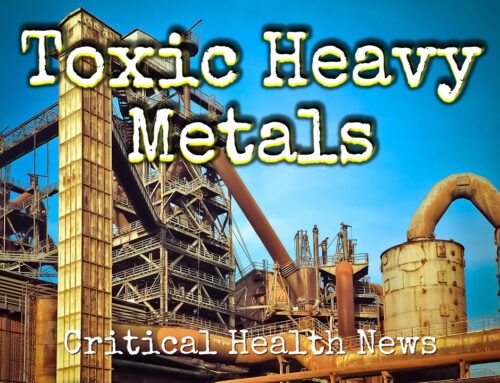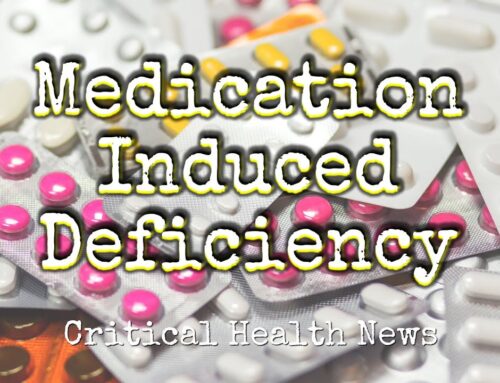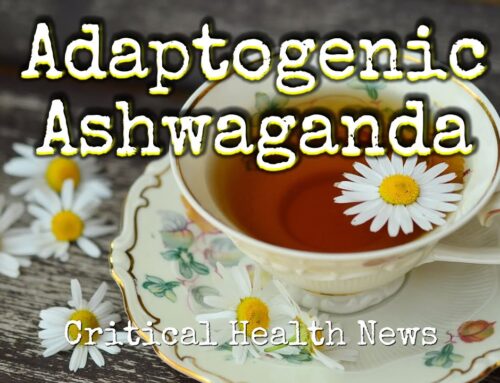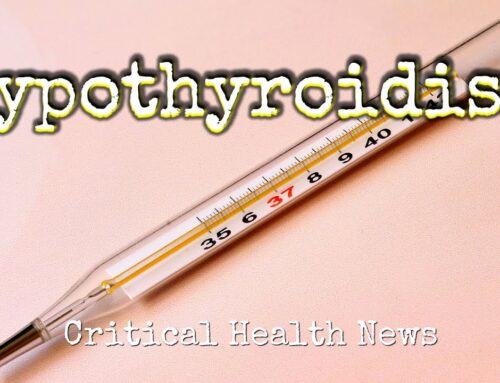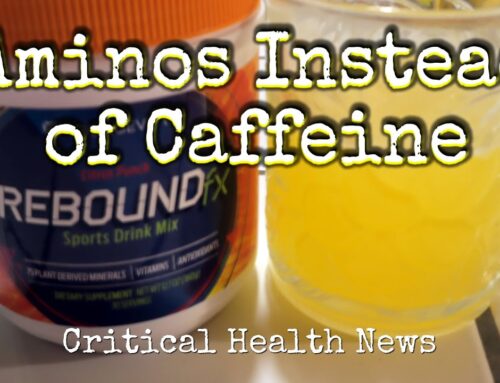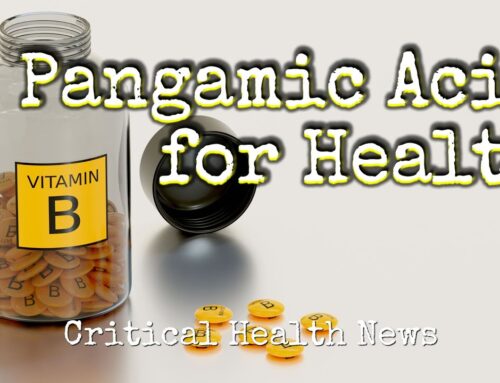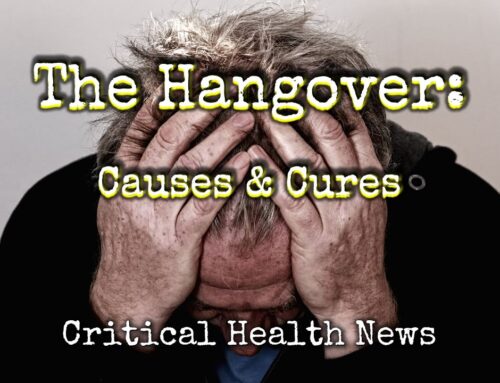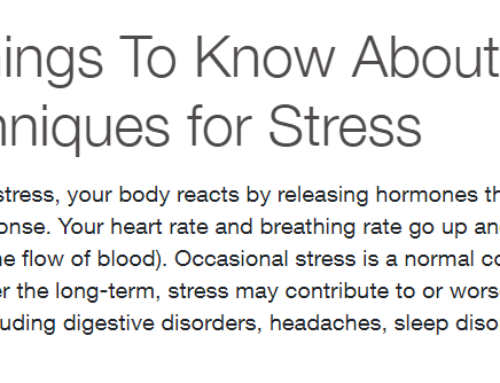While water soluble or hydrophilic nutrients are easy for the body to handle, not so much for the four major types of dietary nutritional fats. The vitamins D, E, A and K, will call it “deak”, essential fatty acids, their derivatives and some minerals like zinc and selenium. The digestive tract has to be firing on all cylinders for it to be able to leverage their considerable stress management, anti-aging, building and repair functions. When it comes to fat processing, of all the components of this tightly regulated system, none is more important than the gallbladder.
This small, four inch or so, muscular bag, located in the upper right abdomen, holds bile for release, when fatty foods leave the stomach and enter the intestine, when asked to separate out the fatty nutritional components from foods, so they can be absorbed through the intestinal wall and into the lymph. With gallbladder issues usually caused by toxicity, food allergens or other digestive issues, “deke” and EFAs, among other fatty nutrients, are less likely to be absorbed, resulting in accelerated aging, as well as the disrupted ability to deal with stress and traumas.
The skin is especially susceptible to the negative effects of a poorly functioning or absent gall bladder. It can cause thinning, wrinkles, oiliness, acne, cysts and dark spots. On our next moment of truth, we’ll talk about some nutritional solutions for dealing with gall bladder problems.

